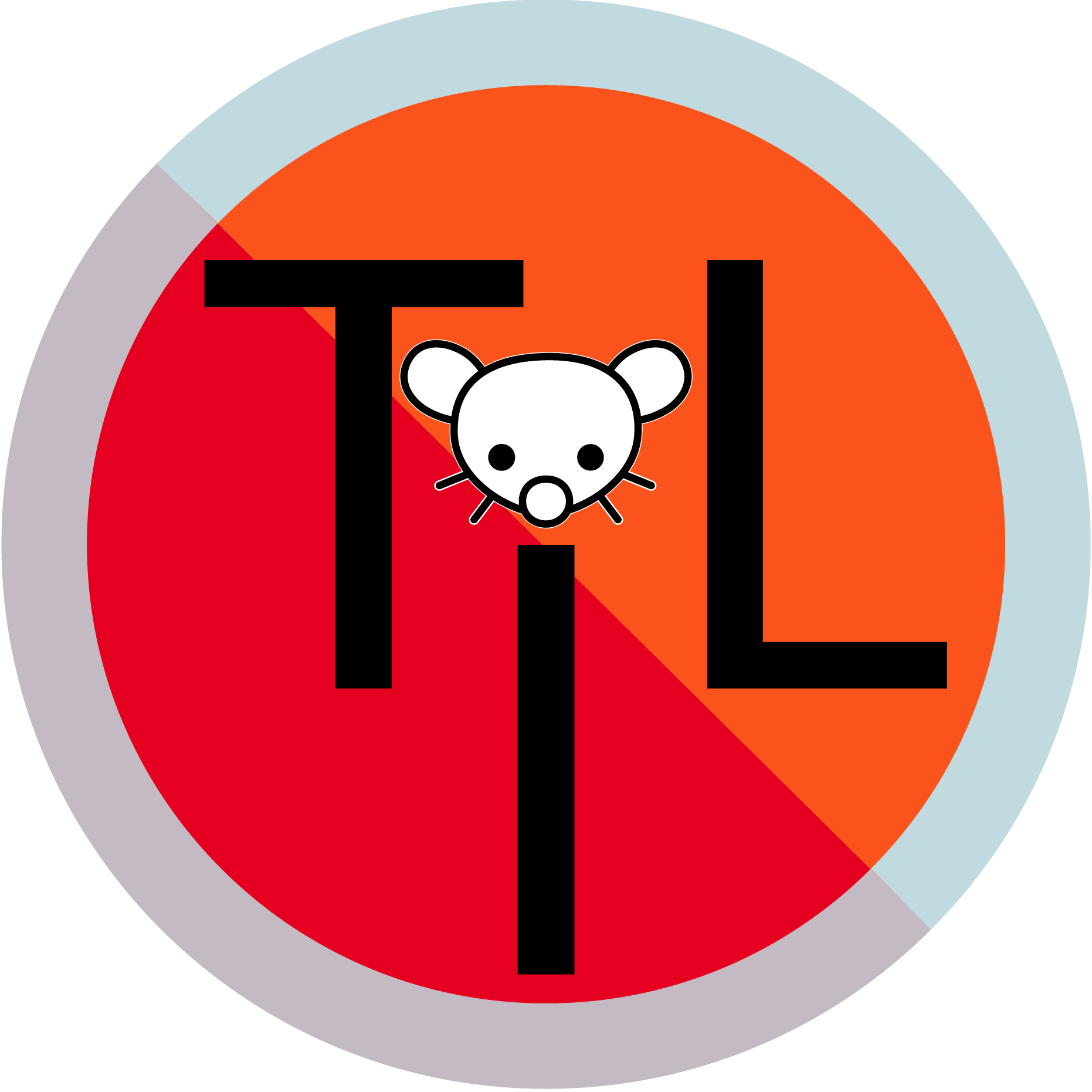AbuTahir
- 12 Posts
- 11 Comments

 12·21 days ago
12·21 days agoi got banned from lemmy.cafe, definitely avoid it

 26·21 days ago
26·21 days agois there anyone for center leaning folks?
thoughts mean when people think about to give opinion about something

 318·29 days ago
318·29 days agowhat about established accounts?

 122·29 days ago
122·29 days agois it wrong?

 116·29 days ago
116·29 days agoyes i meant separate instance also we just have to put this, dark souls wiki also uses it
You don’t need to rewrite the whole page—just inject the pieces for Socket .io and your chat UI where indicated. Here’s exactly what to add or change in existing HTML (THIS PAGE):
1. Include Socket.IO on the client
Find the closing
</head>tag and just before it insert:<!-- Socket.IO client library (served automatically by your server) --> <script src="/socket.io/socket.io.js"></script> <!-- Optional: simple styles for the chat box --> <style> #chat-container { position: fixed; bottom: 0; right: 0; width: 300px; max-height: 400px; background: white; border: 1px solid #ccc; display: flex; flex-direction: column; font-family: sans-serif; z-index: 1000; } #chat-messages { flex: 1; overflow-y: auto; padding: 8px; } #chat-form { display: flex; border-top: 1px solid #eee; } #chat-input { flex: 1; border: none; padding: 8px; } #chat-send { border: none; padding: 8px 12px; cursor: pointer; } </style> </head>
2. Add the chat HTML
Find the closing
</body>tag and just before it paste:<!-- Chat widget --> <div id="chat-container"> <div id="chat-messages"></div> <form id="chat-form"> <input id="chat-input" autocomplete="off" placeholder="Type a message…" /> <button type="submit" id="chat-send">Send</button> </form> </div>
3. Wire up the client-side JavaScript
Right below that (still before
</body>), add:<script> // connect using the global io() function const socket = io(); const form = document.getElementById('chat-form'); const input = document.getElementById('chat-input'); const messages = document.getElementById('chat-messages'); // render incoming messages socket.on('message', ({ from, text }) => { const div = document.createElement('div'); div.textContent = from + ': ' + text; messages.appendChild(div); messages.scrollTop = messages.scrollHeight; }); // on submit send to server form.addEventListener('submit', e => { e.preventDefault(); const msg = input.value.trim(); if (!msg) return; socket.emit('message', msg); input.value = ''; }); </script> </body> </html>
4. Ensure your server is serving this page and Socket.IO
On your Node/Express server (the same one you use to serve the Lemmy/lemm.ee front-end), you need to:
-
Install Socket.IO:
npm install socket.io -
Hook it up to your HTTP server (roughly as in the example I shared before), making sure you share sessions so only logged-in users connect.
The minimal changes in your
server.js(or equivalent) are:const http = require('http'); const socketIO = require('socket.io'); // … your existing Express `app` const server = http.createServer(app); const io = socketIO(server); // (if you have session middleware already:) io.use((socket, next) => { // reuse your Express session middleware here… sessionMiddleware(socket.request, socket.request.res || {}, next); }); io.on('connection', socket => { const user = socket.request.session.user; if (!user) return socket.disconnect(true); socket.broadcast.emit('message', { from: 'SYSTEM', text: `${user.name} joined.` }); socket.on('message', msg => { io.emit('message', { from: user.name, text: msg }); }); socket.on('disconnect', () => { io.emit('message', { from: 'SYSTEM', text: `${user.name} left.` }); }); }); server.listen(3000);
Summary of “what changed” in your HTML
- Head: added
<script src="/socket.io/socket.io.js">+ minimal CSS - Body: injected a
<div id="chat-container">…</div>chat widget - Footer: added a
<script>…</script>block to wire upio()
With those three small patches, your existing site will host a floating chat box that’s only usable by authenticated users. Let me know if you need help wiring up the session middleware or adjusting the styles!
-

 216·29 days ago
216·29 days agoyea but do you think it will be a good idea?

 72·1 month ago
72·1 month agooh shoot why didn’t i think of this, this is a really good point

 22·1 month ago
22·1 month agodo you think my list is enough?

 52·1 month ago
52·1 month agonot fully compatible with Godot in the same way that GDScript, C#, or C++ are, but it can be used with Godot









no joke, i got banned from lemmy.cafe for saying pineapple pizza bad, definitely avoid it